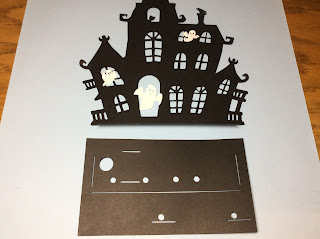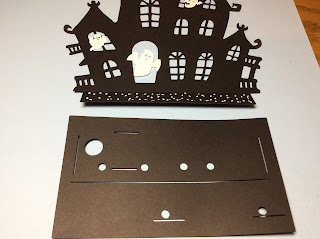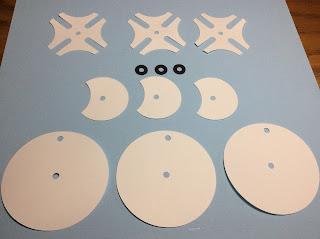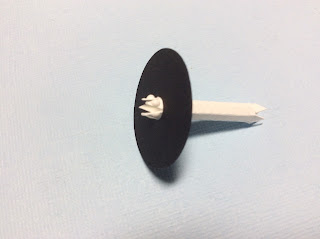This Halloween haunted house box has a witch which is wrapped around a lamp post that can twirl when rotated. The silly witch has lost her bearings when she hits a lamp post and breaks her broomstick. Four happy Jack-O-Lanterns sit in front of a gnarly tree. Cats, haunted trees and ghosts are hovering around to add their holiday spirit to this Halloween haunted mansion scene.
Monday, September 26, 2022
A Halloween Haunted House Box
Saturday, September 17, 2022
A STEM Project: A Geneva Drive Mechanism
The Geneva drive mechanism is also know as a Maltese Cross. It is a gear mechanism that translates a continuous rotation movement into an intermittent rotary motion. In this model, a drive wheel with an elevated circular disc rotates with an attached pin. The elevated circular disc locks the drive wheel in place. When the pin reaches a slot located in the Maltese Cross, the Maltese Cross is rotated by one step. It takes four steps for the Maltese Cross to make one complete revolution because there are four slots in my Maltese Cross.
Geneva drives have been used in watches to convert the tension of the spring into the ticking of a toothed gear for the second hand movement. When looking at an old watch, the second hand appears to stop and then move forward. This action is created by this mechanism.
This mechanism has also been used in the film industry to stop a frame of a continuously moving film so that the film will be exposed in front of a picture aperture where it can be projected onto a screen.





















































